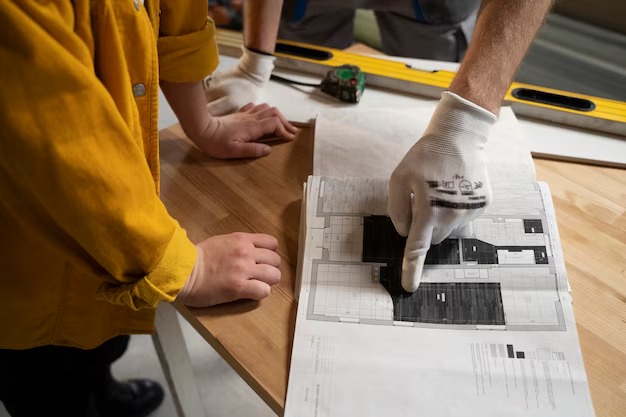Transform Your Older Home Into an Energy-Efficient Haven: Here’s How
Older homes exude charm and character, but they often lack modern energy efficiencies. Luckily, retrofitting an older home for energy efficiency is not only possible but can also lead to significant savings and increased comfort. Here’s how you can breathe new life—and energy efficiency—into an older property.
Assess Your Current Situation
Before making any changes, perform an energy audit. This identifies areas where your home is losing energy and suggests improvements. Many utility companies offer free or discounted audits, providing a professional assessment of your home's efficiency.
Insulate, Insulate, Insulate
Insulation is your home's best defense against energy loss. Focus on:
- Attics and Roofs: Up to a third of your home’s heat can escape through the roof, so upgrading insulation here is crucial.
- Walls: Cavity wall insulation can significantly reduce heat loss. Solid wall homes can benefit from internal or external insulation solutions.
- Floors: Insulating beneath floorboards on the ground floor will stop heat escaping, and laying rugs can also help add a layer of warmth.
Seal Gaps and Drafts
Older homes often have charmingly uneven windows, doors, and walls—but they can also be major sources of drafts. Seal these gaps with weather stripping and caulking to keep warm air in and cold air out. Consider installing door sweeps to further block drafts.
Update Windows
While fully replacing windows can be costly, it’s often one of the most effective ways to improve energy efficiency. Double-glazed windows are excellent for insulation, but if replacements are out of reach, using thermal curtains or window films can be an effective, lower-cost alternative.
Upgrade Heating and Cooling Systems
Older homes may still be running on outdated HVAC systems. Consider upgrading to a modern, energy-efficient system that suits your climate and home size. Programmable thermostats can also help manage heating and cooling more efficiently, reducing energy waste.
Lighting Makeover
Switch to LED lighting to save on energy costs. They last longer and use a fraction of the electricity compared to traditional bulbs. Additionally, consider installing dimmer switches and motion sensors to further reduce electricity use.
Smart Home Technology
Modernize your home’s energy management by integrating smart home devices. Smart thermostats, lighting systems, and even smart blinds can reduce unnecessary energy usage and adapt to your preferences.
Explore Renewable Energy
If possible, explore options like solar panels to generate your own electricity. While the initial investment can be significant, government incentives and tax credits can offset costs, enhancing long-term savings and property value.
Financial Assistance and Government Programs
Retrofitting an older home can seem financially daunting. Fortunately, there are programs and incentives to help ease the burden. Federally and locally, governments provide various grants and tax credits to encourage energy efficiency.
🏦 Financial Assistance Options:
- Energy Efficient Mortgage (EEM): This allows you to finance the cost of adding energy efficiency features to a new or existing home through a larger mortgage.
- Federal Tax Credits: Offers deductions for energy-efficient home improvements, such as solar panel installations and certain HVAC upgrades.
- Local Utility Incentives: Many utility companies offer rebates and incentives for energy-efficient upgrades.
🎓 Educational Opportunities:
- Workshops and Online Courses: Resources are available for homeowners to learn about DIY energy efficiency improvements.
- Government-Owned Guides: Free access to comprehensive guides and expert resources online that give step-by-step advice on retrofitting homes.
By implementing these energy-efficient upgrades, you’ll not only reduce your carbon footprint but also lower utility bills, increase your home's value, and enjoy a more comfortable living environment. Be sure to explore financial assistance options to make these improvements both affordable and attainable.
